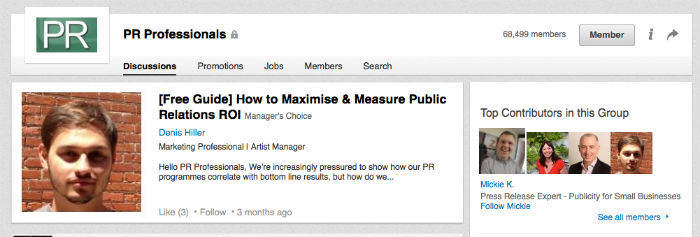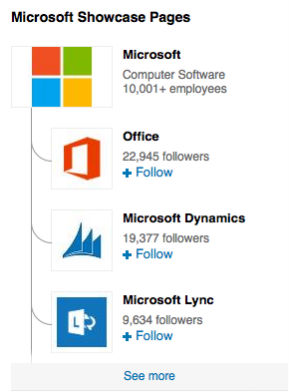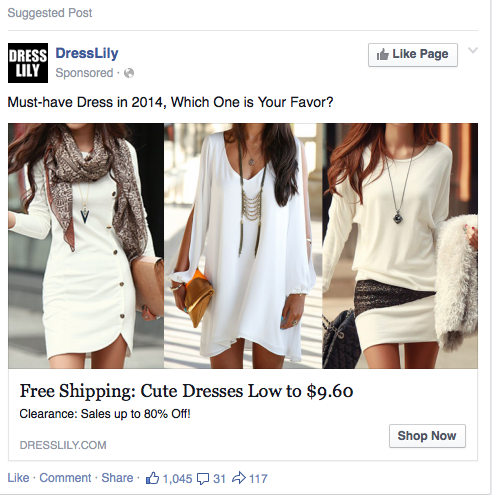How Marketers are Using LinkedIn to Get More Than Just a New Job!

Photo by Nan Palermo
Other than just looking for a new job, for which it mainly gained its reputation within a wide audience, LinkedIn is a very useful tool to promote your business and build a brand identity. Marketers have found their way to increase engagement with their customers and clients via this professional social network which has a user count of more than 332 milion.
LinkedIn is largely focused on B-to-B connections, so its definitely a tool to seriously consider within your social media marketing strategy. However, like any other social network, it’s important to be aware of your audience and to know who they are and how actively they use this platform. Based on that information, a quality strategy can be designed.
Marketing Land explains that there is big value for marketers on this platform as it provides targeting options, including the ability to target by job title, employer, role, skills, and interests. Also, it provides up-to-date professional profiles, compared to what people list on their personal profiles on other social networks. Not only that, LinkedIn also provides valuable updates and stories.
According to a LinkedIn report from 2013, 43% of marketers have found a customer on LinkedIn and had a conversion rate of 2.74%, almost 3 times higher than both Twitter (.69%) and Facebook (.77%)
So, what exactly do marketers undertake on this social network to achieve those results?
For delivering ongoing results, marketers use features such as the company’s business page, company’s group and sponsored updates and LinkedIn ads. Social media Examiner explains that displaying compelling graphics, adding products and services and even including job opportunities are pieces of a compelling LinkedIn page.
Groups are places where we can also share the content, build our network by sharing it within our employees and costumers and engage with our connections by asking questions which call for discussions. LinkedIn expert Viveka Von Rosen explained that for soft market research, groups are great as they are full of like-minded targeted audiences. She also suggests to ask questions and help out where possible.
Similar to Facebook and Twitter which I mentioned in my last blog posts, LinkedIn’s very important aspect for digital marketers is Ads manager tool. For more information on LinkedIn Ads manager, take a look at this introduction video courtesy of the official LinkedIn page.
Another recommended feature are Showcase Pages which give fans the ability to pick and choose which sections of your business they’d like to receive updates for and also they give administrators the ability to share organic and sponsored updates.
Since LinkedIn launched its new blogging option last February to the world, it has become an extremely important part of the social media and content strategies of marketers as well.
Sponsored In-mail is another way of getting your message distributed to a wide audience.
Overall, LinkedIn is a fantastic place for marketers and companies alike to delve into a deeper conversion with potential customers, other businesses and their wider network.
Are you on LinkedIn? Let’s connect!
SVM Solutions Blog – Article by Bob DeStefano which shows the first steps for using LinkedIn.
Marketing Land – Article by Benjamin Spiegel which explains steps to use LinkedIn promoted ads. It also explains reasons of why marketers should use LinkedIn as a marketing tool.
LinkedIn Marketing – Article on how marketers use LinkedIn company pages to grow their business.
Social Media Examiner – Article by Stephanie Sammons on how to build a LinkedIn marketing plan that delivers ongoing results. It shows 5 marketing ideas every business can integrate into a comprehensive marketing program.
The Sophisticated Marketers Guide to LinkedIn – guide for marketers to successfully use LinkedIn as part of their integrated approach to marketing.
Sprout Social – Article by Kevin King which shows a guide to LinkedIn ads.
Vertical Response – Article by Lisa Furgison which explains the blogging aspect of LinkedIn.










 (Photo by
(Photo by